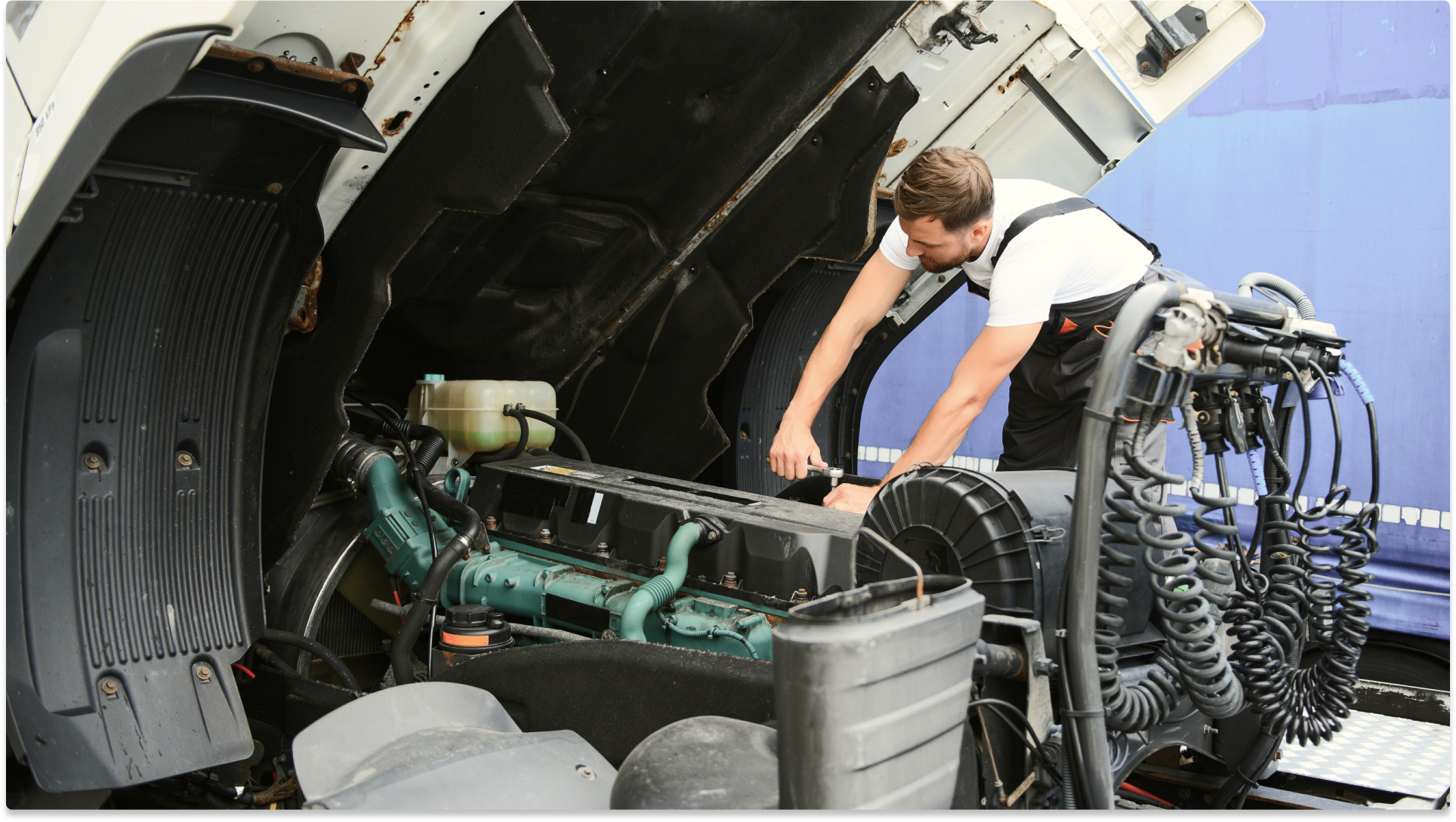Purpose of a Turbocharger
Designed to improve an internal combustion engine’s power and efficiency, a turbocharger forces more air into the engine to realize improvements in fuel economy and horsepower. Found on a variety of vehicles ranging from passenger cars and trucks to agricultural and standalone equipment, a turbo improves the combustion process to realize gains in power and gas mileage. Learn more about how a turbocharger works.

How Long Does a Turbocharger last?
A turbocharger is designed to have a similar service life as the engine. However, a turbo may fail prematurely and need replacement due to poor maintenance, operating conditions, or other failed components.
Symptoms of a Failing Turbo
If you notice any of these signs of a failing turbo, it is important to get your vehicle looked at by a certified expert. A failed turbo can send debris into the engine and cause catastrophic damage.
Symptoms of a Failing Turbo
Check Engine Light
An illuminated Malfunction Indicator Light (MIL) can be caused by a host of issues, including a bad turbo. Be sure to scan the vehicle’s computer to determine the cause of the warning light.
Loss of Power
A loss of power when accelerating or a lack of responsiveness is often one of the first signs of a failing turbocharger. This sluggish performance is a result of a lack of air entering the combustion chamber.
Excessive Exhaust Smoke
A failing turbo can allow oil to enter the exhaust which can lead to an excess of gray-blue smoke coming from the tailpipe.
Excessive Oil Use
Keep an eye out for excessive oil consumption, it could be due to worn seals allowing oil to get into the intake or exhaust system.
Abnormal Engine Noises
A failing turbo can make grinding and hissing noises. These noises can be dependent on RPM and load that may indicate a potential turbo issue.
What Causes Turbo Damage?
Oil Starvation
Many turbo failures can be attributed to a lack of oil. If a turbo doesn’t have sufficient lubrication, it can result in damage to the bearings which can lead to the turbo failing. The damage can occur in a short amount of time because of the high RPMs at which the turbo operates.
Inadequate Maintenance
Clean oil is a requirement for a turbocharger; if debris gets in the oil, it can cause issues. Regular oil and filter changes can protect against carbon deposits and other contaminants associated with oil degradation. Using a high-quality oil approved by the engine manufacturer is imperative to a long turbo life.
Impact Damage
Damage can occur to the compressor wheel’s blades when foreign objects are drawn into the air intake system. This can be due to poor air filtration or improper maintenance of the intake system.
Extreme Operating Conditions
Operating a vehicle beyond its intended capability will result in sustained high exhaust gas temperatures. These high temperatures can lead to many failures including oil degradation and extreme wear on rotating components. At extremes, exhaust gas temperatures (EGTs) can reach and exceed 1200⁰ F (650⁰ C). The exhaust side of the turbo can also see these temperatures. The oil flow through the turbo can be compromised by these high temperatures when the oil breaks down and forms flow restricting deposits.
Emissions Devices
Emissions devices (DPF, Catalytic Converter, SCR components) should be checked when replacing a turbo to ensure they are not creating excessive back pressure that can negatively impact the function of the turbo.
Can You Drive with a Blown Turbo?
Continuing to drive with a bad turbocharger can cause additional damage to the engine. When you suspect that there’s an issue with the turbo, getting it fixed in a timely manner is crucial to ensure the vehicle continues to deliver optimal performance.
How to Maintain a Turbocharger
Follow these tips to maximize the lifespan of a turbocharger.
Basic Checks
Check the oil on a regular basis, inspect the seals on the turbocharger for leaks, loose connections and have the turbocharger serviced according to the manufacturer recommendations.
Regular Oil Changes
Follow the manufacturer’s recommendations for oil and filter changes using high-quality oil.
Avoid Extreme Operating Conditions
Know the limits of your vehicle and avoid high-load and high-speed conditions when possible.
Air Filter
A clean air filter free of debris helps the turbo’s performance; change the air filter according to the manufacturer recommendation.
Warm Up/Cool Down
Before using the vehicle at higher speeds, warm up the vehicle to get the oil up to its optimal operating temperature. At the end of a trip, don’t shut down the engine quickly, wait a minute or two for the turbo to cool down so the bearings have the oil they need after the vehicle is turned off.

Learn more about premium heavy duty parts, consult our digital catalogs, find your car part, or find where to buy your auto part today.
The content in this article is for informational purposes only. You should consult with a certified technician or mechanic if you have questions relating to any of the topics covered herein. DRiV and its affiliates (including Federal-Mogul Motorparts LLC) will not be liable for any loss or damage caused by your reliance on any content.